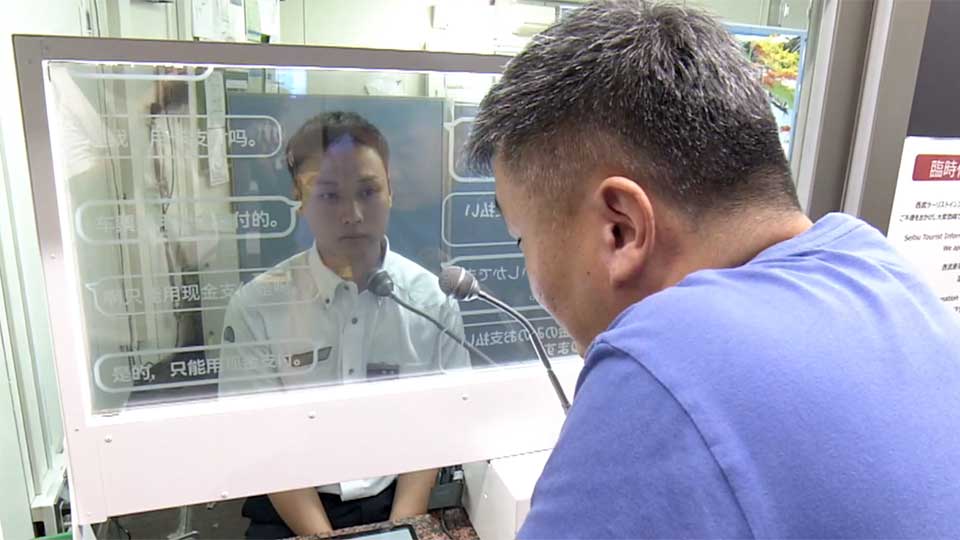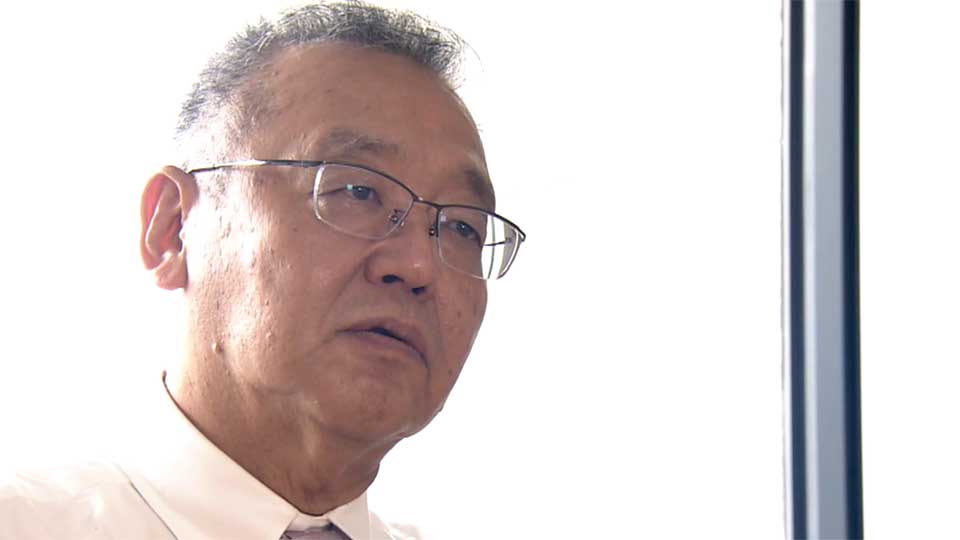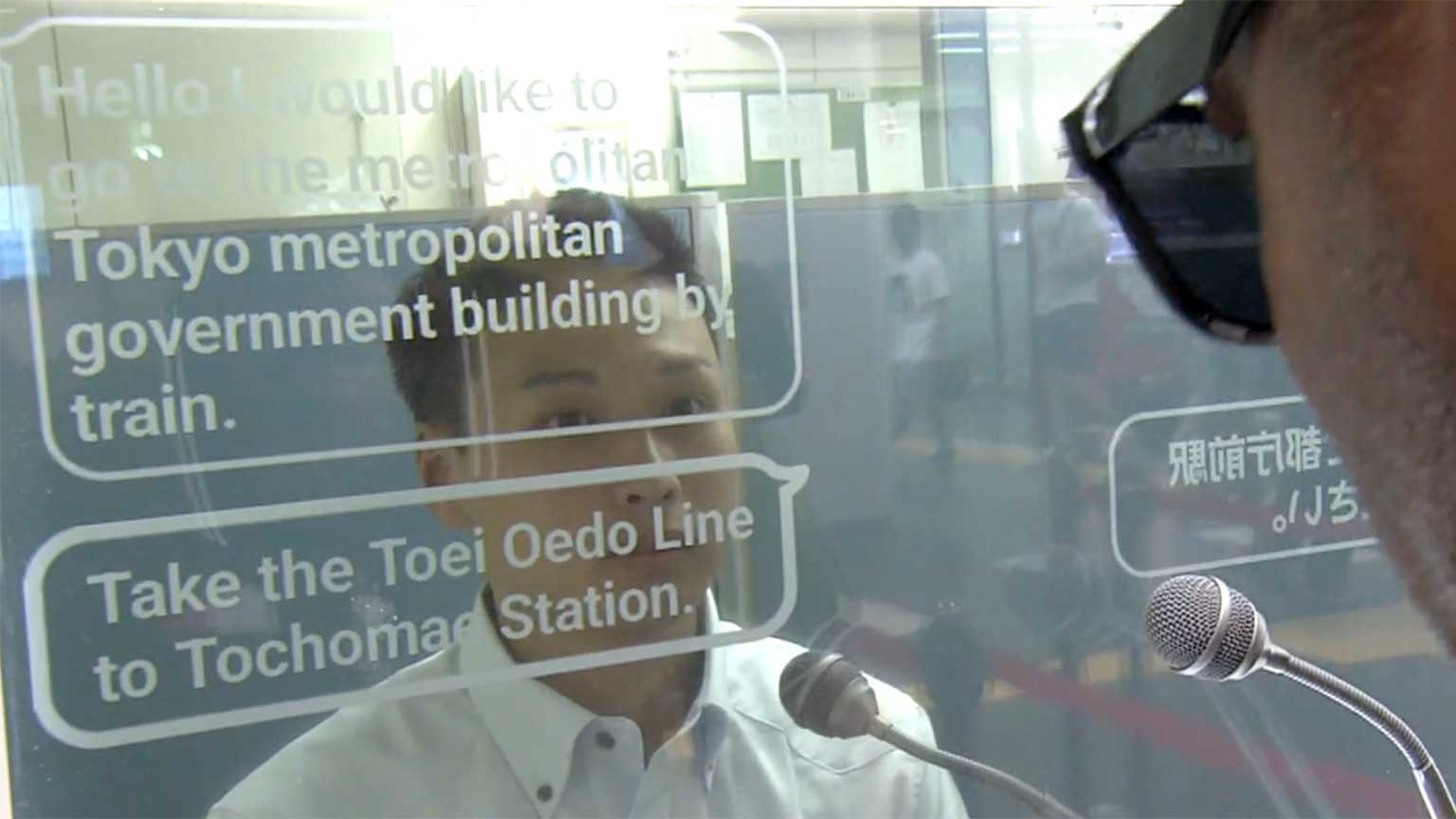Seibu Railway has installed a device at one of Tokyo's busiest stations to help its staff support foreign travelers who are now flocking to Japan after the pandemic.
The new machine translator at Seibu's Shinjuku station is a transparent display between the staff and passengers, which can translate 12 spoken languages into Japanese.
When people speak into a microphone set up beside the display, the system dictates their questions in their language, and translates it into Japanese for the station staff. Their responses are transmitted the same way.
One staff member said that he likes being able to see people's facial expressions, which is not possible using smartphone translator apps.

Behind the Scenes
The system was developed in Japan at the National Institute of Information and Communications Technology, or NICT.
Project leader Sumita Eiichiro said the progress of artificial intelligence was a major breakthrough in developing machine translation and interpretation.
He said that although machine translation development began after World War 2, it had struggled to take off until recently. But when engineers turned to the same advanced AI technology that had beat champions of Go and Japanese Shogi, the capabilities of machine translation soared.
Sumita said machine translation developers used to have the machine learn grammar and feed it words from the dictionary in the same way humans would learn a language, but that technique did not work.
When they switched to feeding massive amounts of translated data into a device, the level of the machine jumped.
Taking a step further
Sumita's team is now working on developing a simultaneous interpretation system, which it aims to have ready for use at the Osaka World Expo in 2025.
A prototype was already able to start interpreting within two seconds after words were spoken. More than 90% of its translations were correct.
Sumita said the simultaneous interpretation system shows a new level of skill from the translation display panel and other forms of current translation gadgets.
He said users of consecutive translation machines need to instruct the devices when to translate – for example, by pushing a button when a person finishes a sentence.
Simultaneous translation machines allow people to just continue speaking. The machine will decide on its own where to break up the phrases and start translating.
No more 'Lost in Translation'
Sumita noted that as many Japanese do not speak English, the latest interpreter machine could help Japan's tourism industry as the number of foreign tourists increases.
He cited Japan's 400,000 taxi drivers, fewer than 1% of whom are fluent in English.
Sumita said the simultaneous interpreter system can help drivers communicate with tourists from abroad. He said potential tourists who have held back on visiting Japan because of their concerns about the language barrier would have much less to worry about – and "Lost in Translation" would be something from the past.


